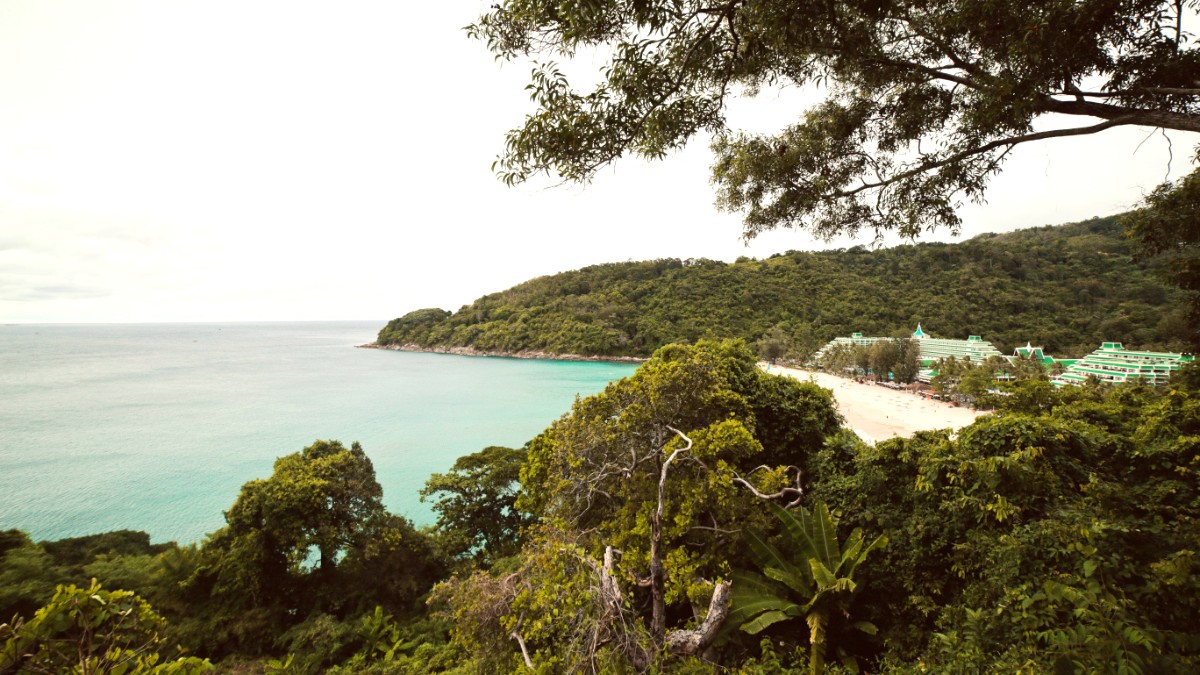
Andaman Coast, Thailand
Songthaews represent the most common form of "public" transport on Ko Lanta. A songthaew is a converted pick-up truck with two rows of benches in the back. They act as shared taxis, picking up and dropping off passengers along their route. They are a common sight along the main roads. Songthaews mainly follow the main north-south road of Ko Lanta Yai. This road connects Saladan, the main town and ferry pier in the north, with the various beaches down the west coast. Destinations include Klong Dao, Long Beach, Klong Khong, Klong Nin, Kantiang Bay, and continue further south towards Mu Ko Lanta National Park.
Ko Lanta’s songthaews do not operate on a fixed route or a formal ticketing system. Fares are negotiated directly with the driver before you board. Expect to pay between 50-150 THB per person, depending on the distance. For example, a trip from Saladan to Long Beach might cost 50-80 THB, while a trip to Kantiang Bay might be 100-150 THB. Fares typically increase slightly at night. Songthaews operate from early morning, generally around 7 AM, until late evening, usually around 10 PM or 11 PM.
Runs along the north-south road of Ko Lanta Yai, connecting Saladan with various west coast beaches.
No formal ticketing; fares are agreed upon directly with the driver based on distance.
Generally from 7 AM to 10 PM or 11 PM, with frequency varying with demand.
Limited availability on Ko Lanta. Local agencies or large resorts may offer. IDP is mandatory.
Most popular option (200-300 THB/day). Widely available. IDP is legally mandatory for motorcycles.
No formal sharing programs. Some guesthouses offer (50-100 THB/day) for short rides.
Thailand drives on the left. Helmets are mandatory for motorcyclists. Drive cautiously.
Renting a scooter is the most popular and convenient way to get around Ko Lanta. Shops, guesthouses, and resorts widely offer them. A standard automatic scooter typically costs 200-300 THB per day. Longer rental periods often include a small discount.
These traditional Thai boats can be hired for short hops between nearby beaches or for private island hopping tours. Negotiate directly with a captain.
Tour operators arrange transfers for specific excursions using minivans or songthaews; these are generally included in the tour price.
Infrastructure on Ko Lanta generally poses challenges for travelers with mobility needs. Sidewalks are often uneven or absent. Public transport may have difficulties.
Saladan town offers sidewalks for walking. Beaches are great for strolls, especially at low tide.
Safe for leisurely walks.
No dedicated bicycle lanes exist. Cyclists share main roads with vehicles.
For experienced cyclists only.
Avoid walking or cycling on main roads at night due to poor lighting and fast traffic.
Use taxis or Songthaews at night.
Longtail boats offer a traditional and flexible mode of water transport. For arrivals, finding transport from Saladan Pier is generally straightforward.
No hop-on-hop-off bus services operate on Ko Lanta. Tours use private minivans or Songthaews, generally included in the tour price.
Main roads lack dedicated sidewalks, making long walks challenging and sometimes unsafe, especially at night.
No dedicated bicycle lanes. Share roads with vehicles. Stick to quieter roads or resort areas for casual rides.
Always take photos or videos of your rental scooter or car before you start driving. Document any existing scratches or damage to avoid disputes when returning the vehicle.
Songthaew on Ko Lanta, Krabi Province, Thailand. Photo by Aiwok, Wikimedia Commons.